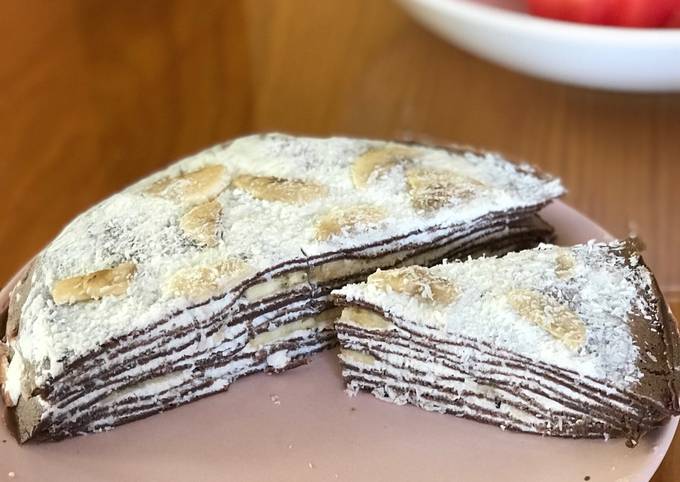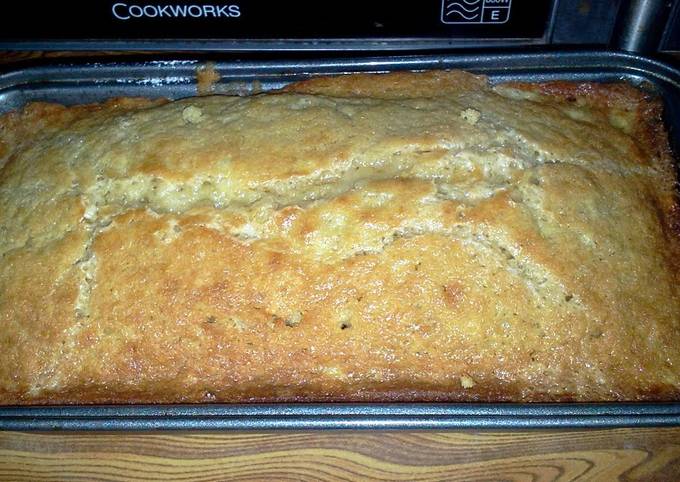
Hi everyone, Welcome to our recipe page. Today, I will show you a way to prepare a special dish, buttery and fragrant croissants. It is one of my favorites. For mine, I’m gonna make it a little bit unique. This will be really delicious.
Buttery and Fragrant Croissants is one of the most well liked of current trending foods on earth. It’s simple, it’s fast, it tastes yummy. It’s appreciated by millions daily. Buttery and Fragrant Croissants is something that I’ve loved my whole life. They’re fine and they look fantastic.
To begin with this recipe, we have to first prepare a few components. You can cook buttery and fragrant croissants using 12 ingredients and 28 steps. Here is how you cook it.
The ingredients needed to make Buttery and Fragrant Croissants:
- 210 grams ☆Bread flour
- 90 grams ☆Cake flour
- 5 grams Dry yeast
- 20 grams ☆White castor sugar (superfine sugar)
- 6 grams Salt
- 6 grams ☆Skim milk powder
- 15 grams Unsalted butter
- 180 ml Water
- 150 grams Butter (for folding into the dough)
- 15 grams Cake flour (for folding into the dough)
- 1 Whole egg ( M size/for egg wash)
- 10 grams Sugar (for egg wash)
Instructions to make Buttery and Fragrant Croissants:
- Bring butters to room temperature. After mixing all of the ingredients marked with ☆ well in a bowl, make a mound in the middle of the bowl.
- Put salt at the foot of the mound. Make a dent in the middle of the mound and put the yeast in there. Pour water in the dent and mix from the middle towards the outside.
- When the dough comes together, take it out on a work board. Mix in the butter and knead lightly (about 7 minutes).
- Place the dough in a bowl lined with plastic wrap, lightly spray with water and cover with another plastic wrap. Let the dough sit for the 1st proofing at 35℃ for 60 minutes, or until it becomes 2 to 2.5 times bigger.
- Prepare the butter for folding into the dough. Put the room temperature butter in a plastic bag and sprinkle the cake flour. Then lightly beat the butter with a rolling pin.
- Beat until you can no longer see the flour. Roll the butter out inside the plastic bag to be a 16 cm × 16 cm square and store in the refrigerator.
- Take the dough out on a working board after the 1st proofing, punch it down and roll it out to be a 20 cm × 20 cm square.
- Cover the dough with plastic wrap to keep it from drying out, wrap that in damp towel, and let it rest in the refrigerator for about 40 minutes.
- Place the dough on the working board dusted with flour and roll it out to be 25 × 25 cm. Place the butter on the dough so that it is in a diamond shape relative to the dough, and fold the 4 sides of the dough around the butter.
- Stick the ends tightly so that the butter does not come out. The dimensions of the dough will be about 17 cm ×17 cm at this point.
- Attention 1: Dust off the flour with a brush from the sides that will come together when folded. Let the dough rest for about 10 minutes if it is difficult to roll out.
- Attention 2: When rolling out the dough, dust both sides with flour and be careful not to tear it (this is very important).
- Dust flour on the work board once again and roll out the dough gently to be a 55 cm × 20 cm rectangle. *Try not to create parts where the butter inside is torn.
- Fold the rolled out dough into thirds and turn the dough 90 degrees on its side and roll it out to the direction of the arrow until it becomes the same size as in Step 13. Then fold the dough into thirds again, turn it side ways and roll it out to be the same size again.
- After folding into thirds twice, wrap a insulating sheet or use the same method at Step 8 and let the dough rest for 60 minutes in the refrigerator.
- Note: The reason for keeping the dough in the insulating sheet: Wrapping the dough in just plastic wrap will make the butter too cold, and this causes the butter to break when you roll it out. Then the croissants will not have nice layers.
- Take out the dough that has rested and do the folding process once again. Roll out the dough to be 50 × 20 cm this time and after folding, let the dough rest for a while again like in Step 15.
- Folding the dough three times gives it 27 layers. Take the dough out on the working board dusted with flour and roll it out to be a 54 × 21 cm rectangle.
- Place the dough side ways on the work board and cut off 5 mm from both the top and the bottom sides of the dough. Mark the dough to make isosceles triangles with base length of 9 cm and cut.
- After making 12 isosceles triangles, cover them with plastic wrap on the work board to prevent them from drying.
- Make a cut about 1.5 cm long at the middle of the base of the triangle. Pull it apart a little bit, and then gently roll it up, being careful not to crush the dough.
- When you are almost at the end, gently press the tip of the dough and stick it to the rolled part. Let the seam face downwards in the middle and let it set.
- Line the baking sheet with parchment paper, line it with the doughs and lightly spray with water. Put the doughs, baking sheet and all, in a big plastic bag and let it sit for the 2nd proofing (60 minutes at 25 to 28℃).
- Note for Step 23: The temperature for proofing is low, so you can also just leave them at room temperature while keeping them from drying out. Do not care about letting it sit for 60 minutes; just let it rise until they are 1.5 times as large.
- When the doughs become about 1.5 times larger, let them rest for 10 minutes while preheating the oven (220℃). Mix the egg and the sugar for the egg wash at this time.
- Take the doughs out of the plastic bag carefully so that they will not stick to the bag. Brush them with the egg wash twice on the surface, avoiding the cut ends (what used to be the edge of the triangle).
- Bake in a 220℃ preheated oven for 5 minutes. Then at 210℃ for 10 minutes. This is just a guide, so adjust depending on your oven.
- It is so light that the crusts easily falls off when you hold it! Step 27 shows how it looks like when cut. It has pretty good layers.
So that’s going to wrap this up for this special food buttery and fragrant croissants recipe. Thanks so much for reading. I’m sure you can make this at home. There is gonna be more interesting food in home recipes coming up. Don’t forget to save this page on your browser, and share it to your loved ones, friends and colleague. Thank you for reading. Go on get cooking!


